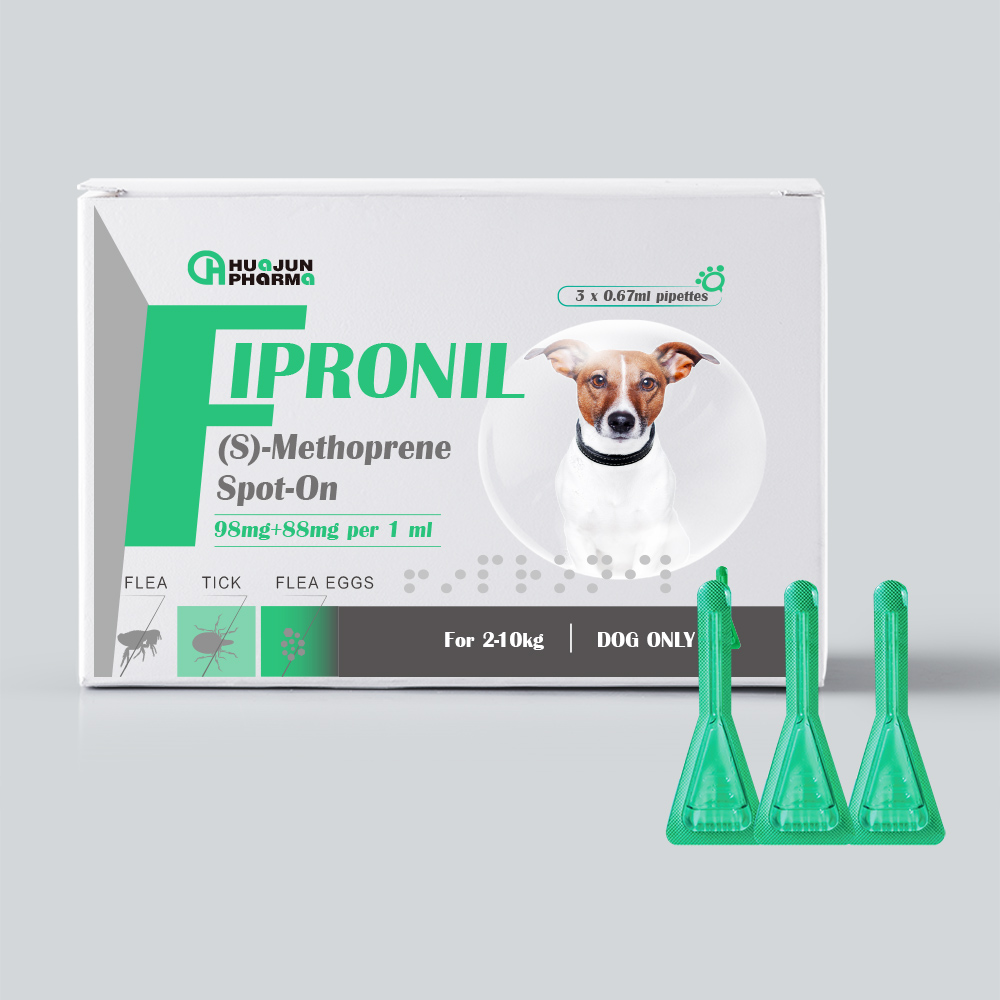
Aug . 19, 2024 11:36 Back to list
Potassium Permanganate Production Process and Quality Control in Manufacturing Facilities
The Significance of Potassium Permanganate Production
Potassium permanganate, a chemical compound with the formula KMnO4, is a versatile and widely used chemical in various industries. Its striking deep purple color, along with its strong oxidizing properties, makes it a vital substance in fields such as water treatment, agriculture, pharmaceuticals, and even in the field of chemistry itself. The production of potassium permanganate in factories involves sophisticated processes that ensure the compound's quality, efficiency, and adherence to safety standards.
The Manufacturing Process
The production of potassium permanganate typically involves the oxidation of manganese compounds using potassium hydroxide. The primary source of manganese used in manufacturing is manganese dioxide (MnO2). To produce KMnO4, manganese dioxide is first dissolved in sulfuric acid to form manganese sulfate (MnSO4). This manganese sulfate solution is then subjected to a controlled oxidation process where potassium hydroxide is added along with potassium chlorate or an oxygen-rich atmosphere. This process results in the formation of potassium permanganate crystals.
The crystallization phase is crucial in ensuring the purity and high quality of the final product. This is usually done by evaporating the solvent and allowing the KMnO4 to crystallize under specific conditions. Once crystallized, the potassium permanganate is then dried and packaged, ready for distribution and use.
Applications of Potassium Permanganate
Potassium permanganate's applications span a diverse range of industries. One of its most critical roles is in water treatment processes. It is used to eliminate impurities and pathogens in drinking water, making it safer for human consumption. The strong oxidizing properties of KMnO4 enable it to react with various contaminants, including iron and hydrogen sulfide, thereby improving water quality.
potassium permanganate factory

In agriculture, potassium permanganate serves as a pesticide and fungicide, helping to protect crops from disease and pests. Its ability to oxidize organic matter aids in soil health, promoting better plant growth and yield. Furthermore, KMnO4 is utilized in aquaculture to manage fish health, effectively handling issues like fungal infections.
In the pharmaceutical industry, potassium permanganate is employed as an antiseptic and disinfectant, mainly for treating certain skin conditions. Its effectiveness in creating a sterile environment makes it valuable in medical applications.
In addition to these sectors, potassium permanganate is widely used in various chemical reactions in laboratories. It serves as a reagent in redox reactions, allowing chemists to conduct experiments that require a strong oxidant.
Environmental and Safety Considerations
While potassium permanganate is highly beneficial, it is essential to handle it with care. Factories producing this compound must adhere to strict environmental and safety regulations to prevent contamination and exposure risks. Proper safety equipment and training for workers are vital to minimize potential hazards. Furthermore, sustainable practices in the manufacturing process should be prioritized to reduce environmental impact.
Conclusion
The production of potassium permanganate in factories plays a critical role in supporting various industries through its diverse applications. From improving water quality to enhancing agricultural practices and aiding in pharmaceutical treatments, KMnO4 is an invaluable chemical. As the demand for this compound continues to grow, ongoing advancements in production techniques will ensure that it remains effective and safe for various applications, contributing to public health and environmental sustainability. The significance of potassium permanganate is undeniable, reflecting the essential nature of chemical manufacturing in our modern society.
-
Quality Bacillus Coagulans BC30 Factory - Expert Production
NewsAug.02,2025
-
China Salivation AI with GPT-4 Turbo Features
NewsAug.01,2025
-
Epic Sepsis Factories: AI-Driven Detection with GPT-4 Turbo
NewsJul.31,2025
-
Acute Salpingitis and Oophoritis AI Factory
NewsJul.31,2025
-
Premium China Bacillus Subtilis Supplier & Factory Solutions
NewsJul.30,2025
-
Premium Avermectin Supplier in China | Custom Solutions Available
NewsJul.29,2025




